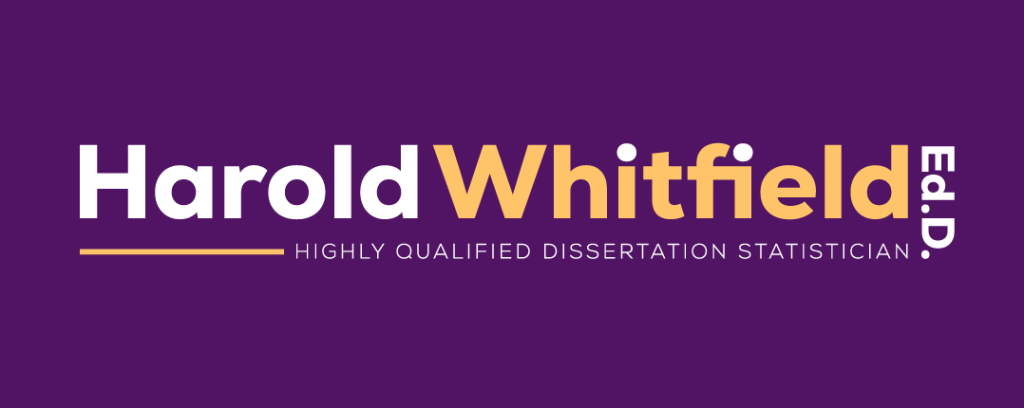I recently solicited topics on social media for me to write about, and someone suggested the above topic. She wanted to know how to develop research questions that produce optimal results in SPSS, and this is my rationale for the current article.
In quantitative studies, there are two main categories of statistical tests and therefore there are two main categories of research questions formulated that require the types of tests; tests of differences or tests of similarities. Quantitative research questions can also be descriptive, but descriptive research questions are usually considered to be of insufficient rigor for a dissertation. By “tests of differences,” I am referring to mean differences between groups based on some dependent variable. Such research questions should begin with “Is there a significant difference…?” The prevalent wisdom in this area, however, is that research questions should not be formulated in a manner that can be answered with a simple “yes,” or simple “no.” Therefore, in the previous example, an alternative way of formulating the question is, “To what extent is there a difference…?”
The other category of statistical tests is associated with similarities and by similarities, I am specifically referring to correlation or regression. Regression is an advanced correlational technique. These research questions should begin as follows: “Is there a relationship between…?” Following the previous format, an alternative way of asking the research question is as follows: “To what extent is there a relationship between…?”
Implicitly, the researcher should pay attention to the language used to formulate the research questions. The language used implies (or at least should imply) a specific statistical approach. The word “difference” suggests testing for mean group differences and the word “relationship,” implies correlation or regression. Sometimes candidates mix the languages of the two different approaches and this is the reason that their proposals do not get approved. When the language is mixed, confusion about the appropriate statistical test is a logical consequence.
Now that I’ve discussed the two main types of research questions, I shall discuss more about the nature of the questions. It goes without saying that a research question should be testable. When I was a doctoral student, I recall reading an example of a hypothesis that cannot be tested. It was, “All republicans go to heaven.” I laughed when I first heard this, but it makes the point. This cannot be tested empirically; at least not on this side of eternity (LOL). I’ve read some research questions that on the surface appear to be testable, but when I look further into the proposal, the variables mentioned in the research question are not being tested. The researcher must be able to operationalize every variable mentioned in the research question.
Research questions must also be clear and concise. There may be several eyes reviewing the research questions as they are being developed, and reviewers often make recommendations about what to include, but the researcher needs to stay focused on the goal of the research question and not get off the path by scope creep or trying to satisfy all reviewers’ suggestions with one research question. It is often the case that these research questions can be broken down into two or more questions in order to include the relevant information.
Research questions must be free from bias and hidden agendas. When I see research questions that violate this principle, I imagine someone being on a witness stand and being asked leading questions by an attorney. Here’s an example of such a research question: “To what extent is there a relationship between self-esteem and depression among females who should be incarcerated for their lack of parenting skills?” Reflecting on my own experiences, students may become aware of their inherent biases during their master’s degree programs, so one would not expect to see these types of research questions from doctoral students. However, they still occur. Another related approach I’ve seen is that doctoral candidates formulate research questions with a secondary statement assumed to be true, but that can (and should) also be tested.
In this brief article I’ve attempted to provide a basic foundation for the doctoral candidate in developing the quantitative research question. I sincerely hope that I have not oversimplified this process. This can be quite confusing because sometimes statistical tests can be classified into either category; tests of differences or tests of similarities or association. The chi-square test of independence is one example. In this instance, it depends on the wording of the research question, and the scales of measurement of the data being tested.
Producing optimal results in SPSS require more than well-developed research questions. They also require a well-developed data analysis plan, but that’s a subject for another article. In hindsight, I should have asked the requester what she meant by “optimal.”

